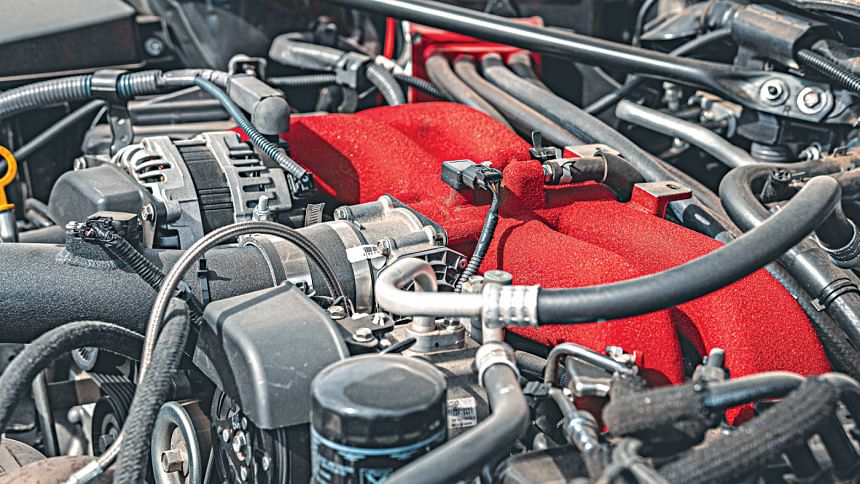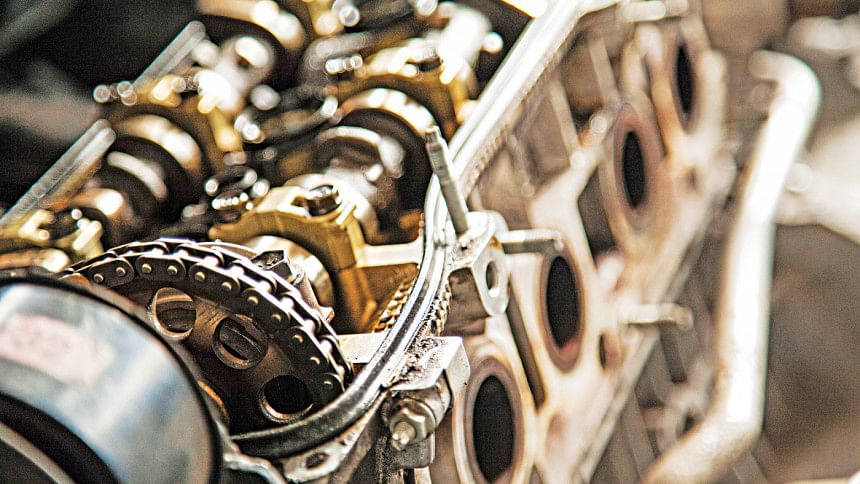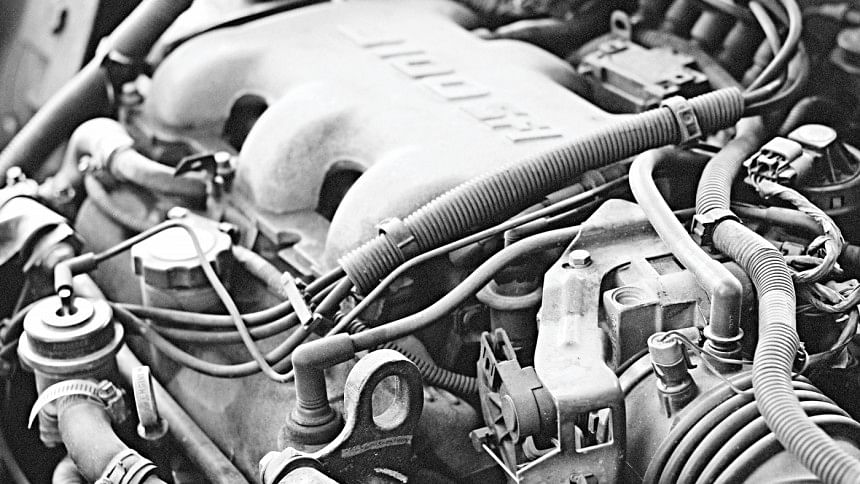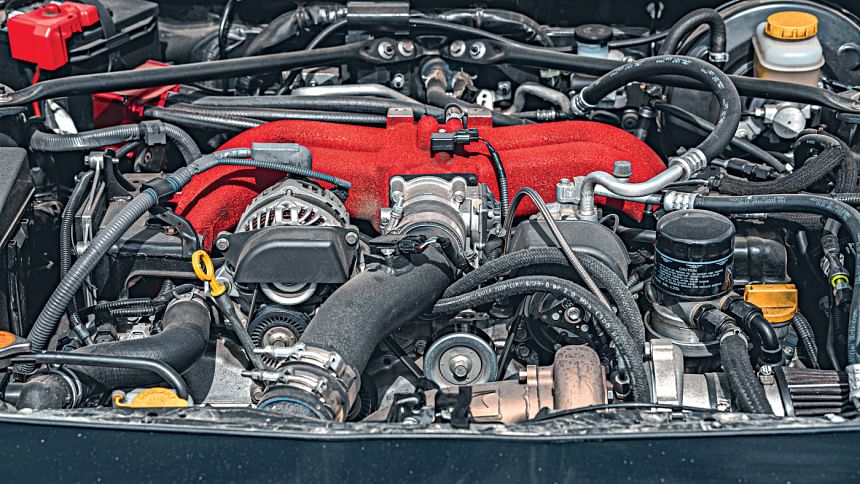Engine placement explained

Engine placement is one of the more crucial elements when it comes to automobile design. It can affect the handling, cabin space, cooling necessities and weight distribution of the automobile. Commonly, when it comes to four-wheelers, there are three configurations of engine placement: front, mid and rear-engined. Each type comes with a unique setup and a set of characteristics that make it good for some applications but bad for others. Let's break down what each engine placement is useful for and why they are used.Front-engined cars
As we all know, a little over 90% of cars have a front-engined layout. Why? For starters, they are mostly front-wheel-drive (FWD) cars. So it makes sense to have the engine over the front wheels for more traction, to make it more forgiving to steer for run off the mill econoboxes. This makes the vehicle stable while maintaining a balanced weight distribution when accelerating.
However, FWD front-engine cars often suffer from understeer as they lose traction when accelerating, due to the weight of the car being shifted to the rear wheels. It's still a very efficient way to get the power down, since the distance from the engine to wheels is short, which minimises losses through rotational components. They are also very efficient due to easier and more effective cooling.

The engine in the front offers more space in the cabin, which makes the vehicle more comfortable for passengers. This is relatively safer than other engine placements due to the crumple zone being longer when compared to the rear and mid-engined cars. The engine in the front will also, more likely, absorb more impact in an event of a collision. The front of the cabin is often larger than the rear and when properly designed can provide plenty of room for engine work. Although, many modern cars' engine bays are cramped with new technology. Rear-engined cars
The world's first car was rear-engined but in the modern world, these cars are hard to come by - unless you are on a racetrack. The cars with a rear-engine layout are often rear-wheel-drive (RWD), as having an engine on top of the driven wheels at the rear provides more accelerative traction. Not only will the accelerative traction be good from a standstill because of the weight distribution at the rear end but also will have a greater grip as the car accelerates when the weight is shifted to the back of the car. This allows the rear-engined cars to strongly accelerate without losing out the tires.
However, that same power to the back wheels can cause problems as the rear tends to snap out. These cars are prone to a lot of oversteers since the power and weight in the back will tend to shift to the front. Oversteering is not easy to fix as understeering in FWD cars. But with the right chassis and suspension tuning, these sports cars can be amazing to drive, like the Porsche 911.
When it comes down to braking performance, these cars provide the best among the setups mentioned. When decelerating, the load is transferred to the front wheels. Rear-engined cars tend to have a weight distributed towards the backend, and this load tends to even out between the front and rear axles, which allows for optimal braking.

Having the engine in the back of the car usually moves the passenger compartment forward, reducing the crumple zone, which can be more dangerous compared to front-engined cars. The front of the car in this case is usually used for small cargo space.Mid-engined cars
Mid-engined cars are self-explanatory for the most part, where the engine sits in between the front and rear axles of the car. Cars with this layout are said to have the best handling among the setups, as the weight distribution tends to be in a more neutral position. By putting the engine close to the centre of the car, engineers balance the front and rear weight putting out equal traction on four wheels. Since its mass is in the centre of the car, it tends to be nimble, more agile and less resistant to rotation, making the cars incredibly stable in corners.
Cars with this layout will have a much more even weight distribution under deceleration compared to front-engined cars. The rear tires can perform a major portion of the braking, ultimately allowing for better stopping distances as the tires are evenly weight distributed. This also helps disperse the heat from deceleration better across four brake discs, thus reducing brake fade.
As good as mid-engined cars sound, it comes with a couple of drawbacks. The cabin space is very small as the engine is located where the back seat of a car should be. If by any chance you ever lose control of such a vehicle and once it starts to spin, it will be hard to stop as the centre of gravity is low with a mass that is distributed at the centre of the car. Still, most supercars and hypercars follow this layout for the best control of the car.


 For all latest news, follow The Daily Star's Google News channel.
For all latest news, follow The Daily Star's Google News channel. 



Comments